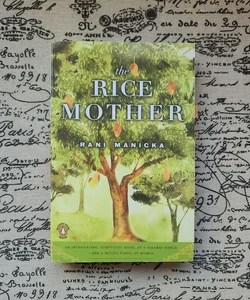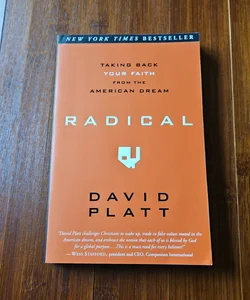

Product Details
Category - Fiction / Family & Relationships
Format - Paperback
Condition - Excellent
Listed - 2 years ago
Views - 6
Ships From - Maryland
Est. Publication Date - Mar 2003
Seller Description
Set in 1920s South Asia, Malaysian author Rani Manicka’s novel The Rice Mother (2002) follows Lakshmi, a Malaysian woman, who is forced into an arranged marriage at the age of fourteen. Despite her motivation to live a good life, Lakshmi’s limited agency, her frustrated will to improve her situation, and the failures of her husband, ironically result in her life playing out the tragedies and dysfunctions of the generations before her. The novel presents an ambivalent view of fate, showing that no individual is ultimately in control of her defining conditions and experiences, complicating her desire to cultivate a family and legacy. The novel begins in Ceylon, Sri Lanka, telling the story of Lakshmi’s difficult childhood. When she is only fourteen, her mother marries her to a wealthy, thirty-seven-year-old Malaysian man, Ayah, whose first wife has recently died. She is forced to move to Malaysia. Once there, she learns that Ayah fabricated his identity: he is not a rich bachelor at all, but a low-income clerk, saddled in debt. Ayah borrowed a gold watch and paid off a man to act as his servant while meeting Lakshmi’s mother. Despite this original deception, Ayah proves to be a good man and a faithful husband. Lakshmi bears six children, and the family survives with its meager means and relative happiness in the years before World War II. They exist peacefully in a multicultural community of Tamil Hindus, Chinese Taoists, and Malay Muslims. When the war starts, Japan occupies Malaysia. The family’s first major tragedy strikes when Mohini, Lakshmi’s oldest daughter, is kidnapped, raped, and ultimately killed by Japanese soldiers while languishing in prison after Japan’s defeat. Traumatized and without an adequate support system, Ayah retreats from the world. Lakshmi, meanwhile, grows bitter, seeing her ambitions and hopes thwarted. Lakshmnan, Mohini’s twin brother, develops a gambling addiction. The addiction worsens until he loses all of his family’s money, throwing his wife and three children into poverty. Mohini’s death haunts the entire extended family. Lakshmnan’s daughter, Dimple, noted as strikingly similar in appearance to Mohini, grapples with the death of this important figure in her life. She decides to collect a “dream trail” of records of her family’s past to make this suffering intelligible.
Tags
























